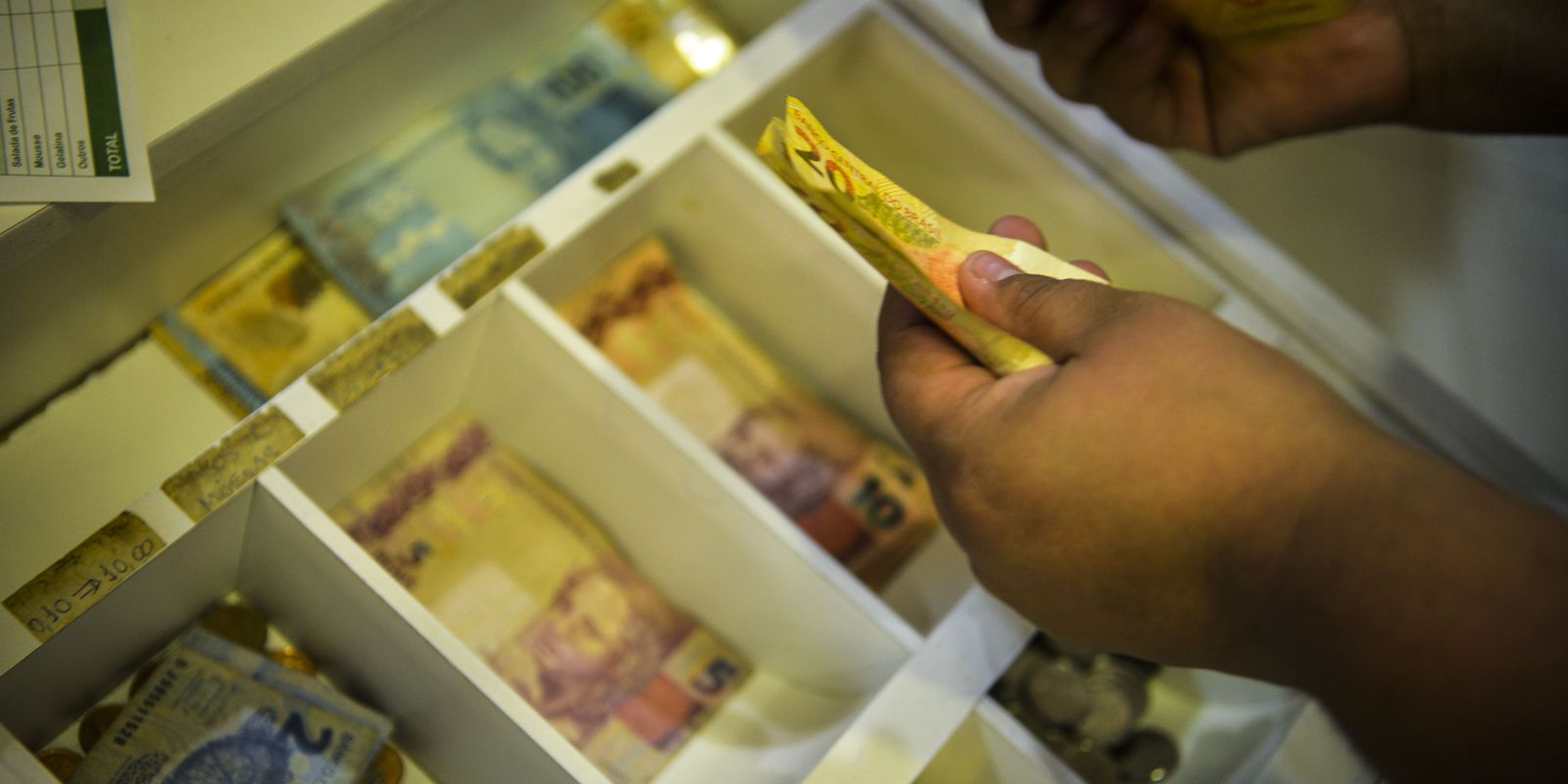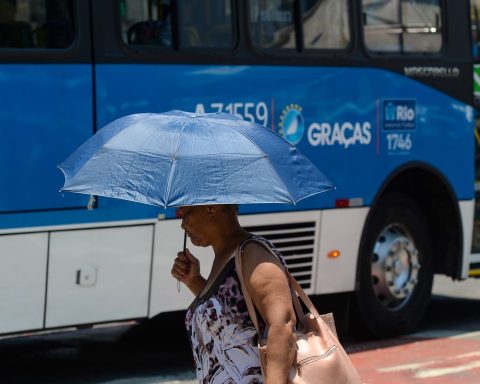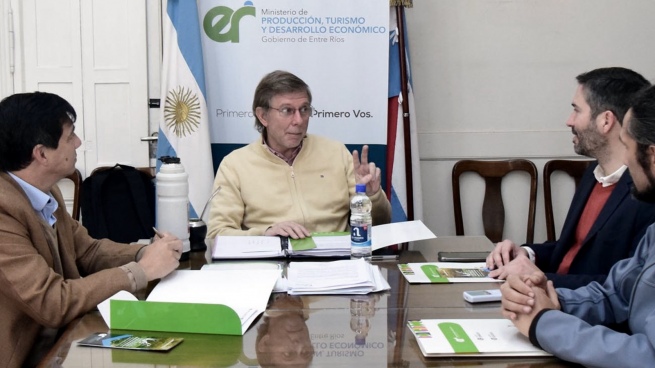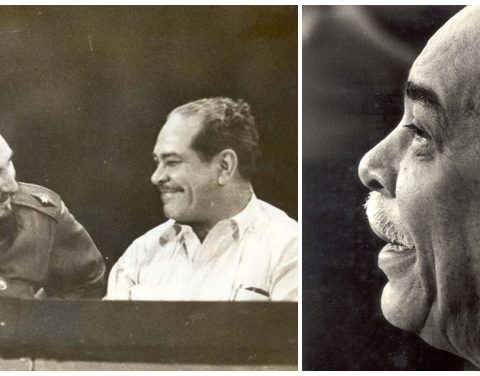The General Price Index – Domestic Availability (IGP-DI) registered deflation of 0.38% in July. This is the index’s first drop since November 2021, when deflation of 0.58% was recorded. With this result, the 12-month IGP-DI dropped from 11.12% in June to 9.3% last month. The indicator was released today (5) by the Brazilian Institute of Economics of Fundação Getulio Vargas (Ibre/FGV).
In June, the rate increased by 0.62%. In the year, the index accumulates a high of 7.44%. In July 2021, the index had risen 1.45% and had accumulated an increase of 33.35% in 12 months.
According to the coordinator of the Ibre/FGV Price Indices, André Braz, the drops observed in the prices of large commodities – iron ore (from -1.63% to -12.94%), soybeans (from -0.81% to -2.27%) and corn (from -3.30% to -4.98%) – explain the deceleration of producer inflation, which closed down by 0.32%.
“In terms of the consumer, contributions from energy sources prevail, mainly gasoline (from 0.18% to -14.24%) and electricity (from -0.41% to -5.13%)”, he said, in a note. , André Braz.
Among the components of the IGP-DI, the Broad Producer Price Index (IPA) dropped 0.32% in July. In the previous month, the index had presented a rate of 0.44%. In the analysis by stages of processing, the rate of the Final Goods group changed from 0.72% in June to 0.28% in July.
“The main responsible for this decline were processed foods, whose rate went from 0.72% to -0.08%. The Final Goods index (ex), which results from the exclusion of food in natura and fuels for consumption, changed 0.55% in July, against 0.82% in June”, says the Ibre/FGV.
According to the survey, the rate for the intermediate goods group changed from 1.33% in June to 0.89% in July. The main responsible for this decrease was the subgroup fuels and lubricants for production, whose rate went from 7.94% to 5.02%. The intermediate goods index (ex), calculated after excluding fuels and lubricants for production, dropped 0.06% in July, compared to a drop of 0.09% in the previous month.
The stage of raw materials intensified the fall in its rate of change, which changed from -0.78% in June to -2.19% in July. According to the study, the following items contributed to this movement: iron ore (-1.63% to -12.94%), seed cotton (-3.30% to -14.45%) and soybeans ( -0.81% to -2.27%). In the opposite direction are milk in natura (3.55% to 14.37%), cattle (-1.52% to 3.62%) and cassava/cassava (1.73% to 7.32%).
The Consumer Price Index (CPI) dropped 1.19% in July, after rising 0.67% in June. Four of the eight classes of expenditure that make up the index registered a decrease in their rates of change: transport (0.18% to -4.81%), education, reading and recreation (2.06% to -4.06%), housing (0.43% to -0.70%) and apparel (1.26% to 0.47%).
“In these expense categories, it is worth mentioning the behavior of the following items: gasoline (0.18% to -14.24%), airfare (9.43% to -19.81%), residential electricity tariff (-0 .41% to -5.13%) and clothing (1.53% to 0.30%)”, says Ibre/FGV.
“On the other hand, the communication groups (-1.08% to -0.09%), food (1.30% to 1.34%), miscellaneous expenses (0.13% to 0.30%) and health and personal care (0.42% to 0.45%) showed an increase in their rates of change. These expense classes were influenced by the following items: telephony, internet and pay-TV combo (-2.59% to 0.29%), dairy products (6.07% to 11.58%), cigarettes (zero to 2 .52%) and hygiene and personal care items (-0.68% to -0.42%)”, says FGV.
The National Construction Cost Index (INCC) rose 0.86% in July, compared to 2.14% in the previous month. The three groups that make up the INCC recorded the following changes from June to July: materials and equipment (1.07% to 0.34%), services (0.68% to 0.62%) and labor (3 .35% to 1.36%).
















